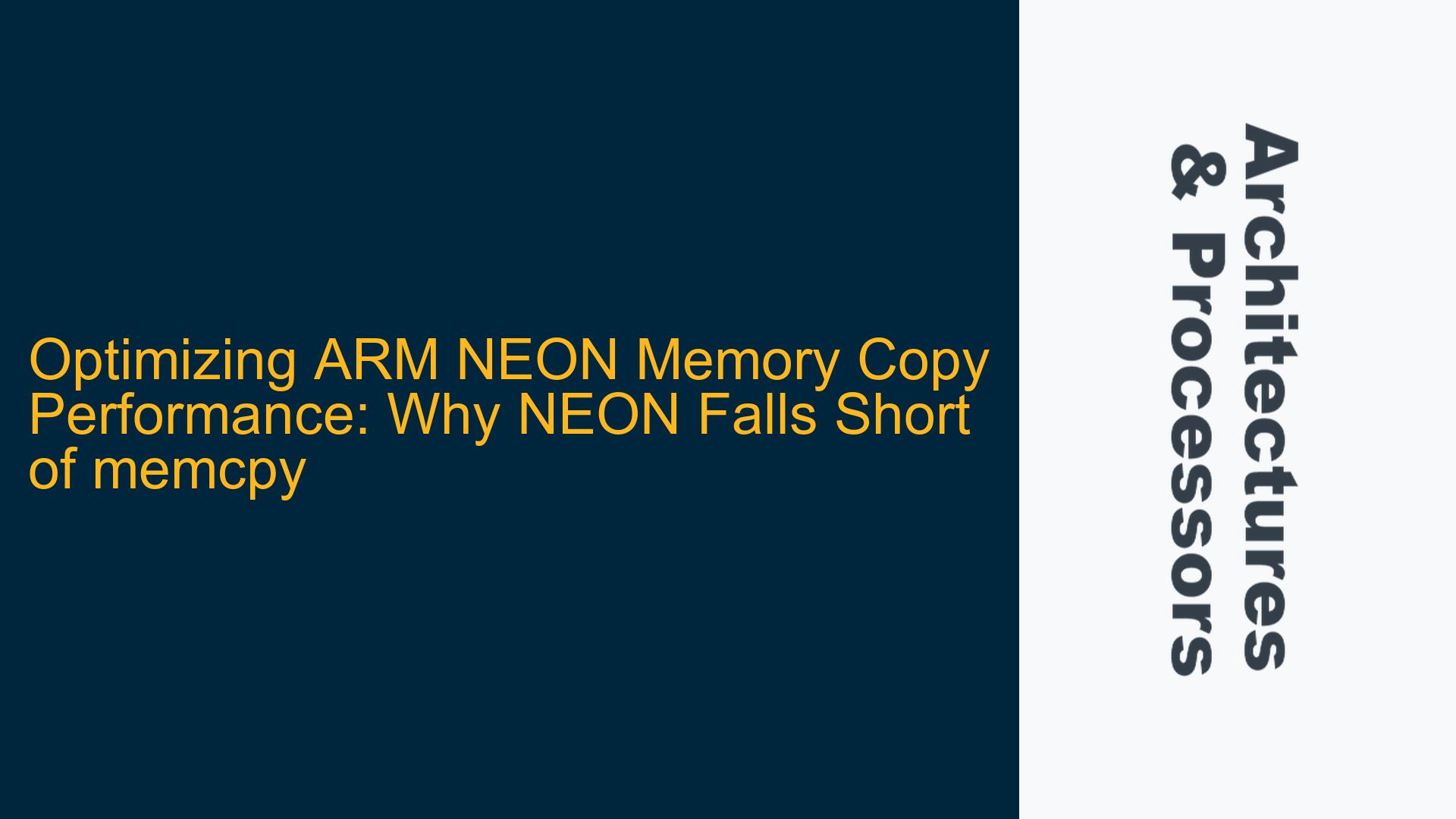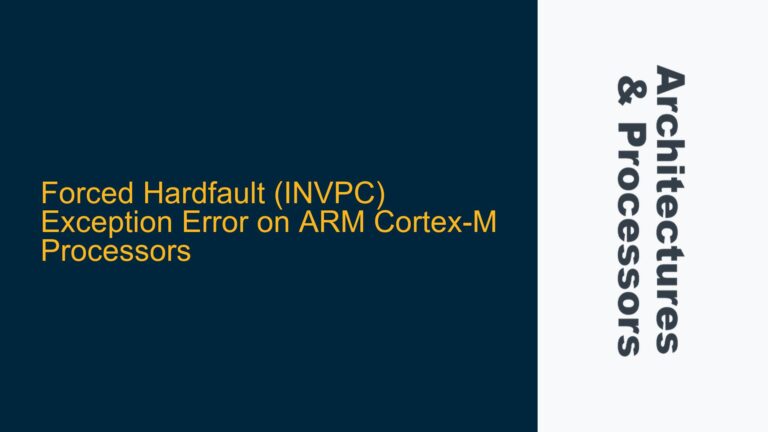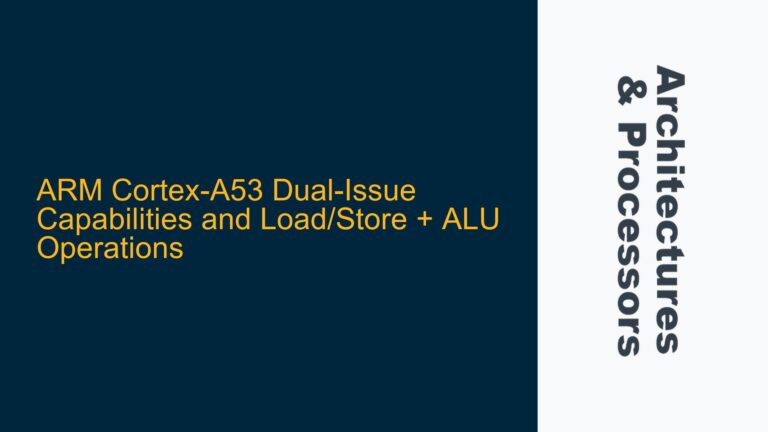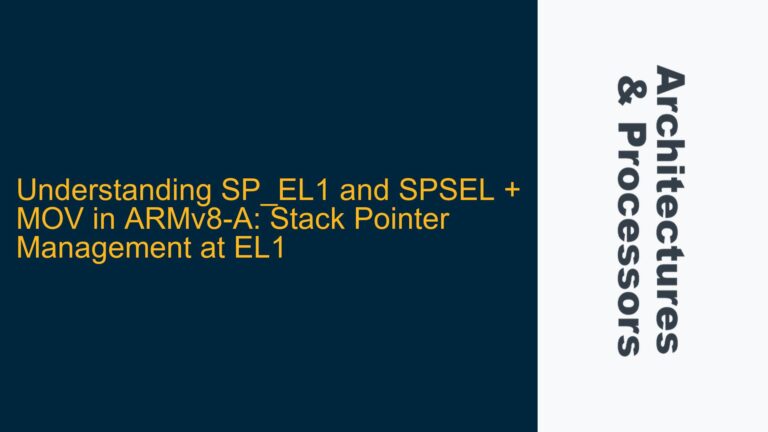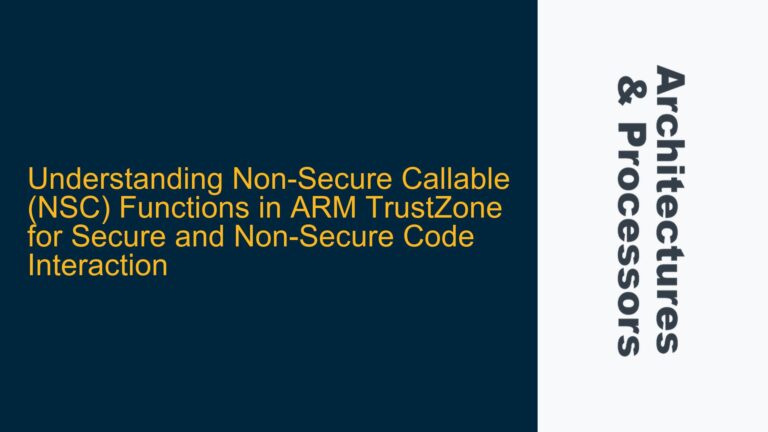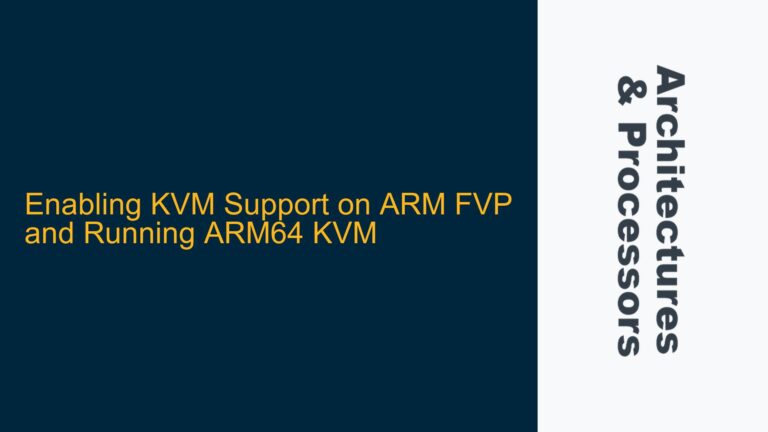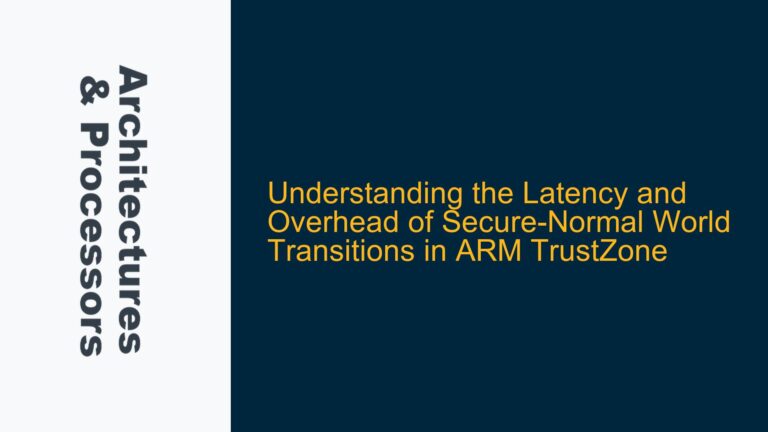ARM NEON Memory Copy Performance Discrepancy
When implementing memory copy operations using ARM NEON intrinsics, developers often expect significant performance improvements over standard library functions like memcpy. However, in many cases, the observed performance gain is marginal, as seen in the example where a NEON-optimized buffer copy only achieved a 3.5% improvement over memcpy. This discrepancy raises questions about the underlying causes and whether the expectations for NEON-based optimizations are realistic.
The core issue lies in the nature of memory-bound operations and the specific optimizations already present in highly-tuned library functions like memcpy. Memory copy operations are inherently limited by memory bandwidth and latency, and the ARM NEON SIMD (Single Instruction, Multiple Data) engine, while powerful, cannot overcome these fundamental constraints. Additionally, the ARM architecture’s memory subsystem, including caches and prefetching mechanisms, plays a significant role in determining the effectiveness of NEON-based optimizations.
In the provided example, the source buffer size is 4608×1366, and the destination buffer is 1120×1366. The NEON implementation uses ld4 and st4 instructions to load and store data in chunks of four elements, which should theoretically improve throughput. However, the observed performance improvement is minimal, suggesting that the memory subsystem is already operating near its peak efficiency.
Memory Bandwidth Saturation and Cache Effects
One of the primary reasons for the limited performance improvement with ARM NEON in memory copy operations is memory bandwidth saturation. Modern ARM processors, especially those with high-performance cores like the Cortex-A series, are designed to maximize memory throughput. The memcpy function in standard libraries is highly optimized for these architectures, often leveraging techniques such as prefetching, non-temporal stores, and alignment optimizations to achieve near-peak memory bandwidth utilization.
When using ARM NEON for memory copies, the additional overhead of loading and storing data in SIMD registers can offset the potential gains. The ld4 and st4 instructions used in the example require multiple cycles to execute, and the data must be transferred between the NEON registers and the memory subsystem. This overhead can negate the benefits of processing multiple elements in parallel, especially when the memory subsystem is already saturated.
Cache effects also play a significant role in determining the effectiveness of NEON-based memory copies. The ARM architecture typically includes multiple levels of cache (L1, L2, and sometimes L3), and the behavior of these caches can significantly impact performance. When copying large buffers, the working set often exceeds the capacity of the L1 and L2 caches, leading to frequent cache misses and increased memory latency. In such cases, the memory subsystem becomes the bottleneck, and the benefits of SIMD processing are diminished.
Furthermore, the ARM NEON engine shares resources with the CPU core, including the memory interface and cache hierarchy. When NEON instructions are executed, they compete with the CPU for these shared resources, potentially leading to contention and reduced overall performance. This contention is particularly pronounced in memory-bound operations, where the memory subsystem is already under heavy load.
Optimizing NEON Memory Copies: Techniques and Trade-offs
To achieve meaningful performance improvements with ARM NEON in memory copy operations, developers must carefully consider the underlying architecture and optimize their code accordingly. One approach is to minimize the overhead of loading and storing data in NEON registers by ensuring that the data is aligned to cache line boundaries. Proper alignment reduces the number of cache misses and allows the memory subsystem to operate more efficiently.
Another technique is to use prefetching to reduce memory latency. ARM processors support hardware prefetching, but software-controlled prefetching can be more effective in certain scenarios. By prefetching data into the cache before it is needed, developers can reduce the impact of cache misses and improve overall performance. However, prefetching must be used judiciously, as excessive prefetching can lead to cache pollution and reduced performance.
Non-temporal stores are another optimization technique that can improve memory copy performance. Unlike regular stores, non-temporal stores bypass the cache and write directly to memory. This can be beneficial when copying large buffers, as it reduces cache pollution and allows the memory subsystem to operate more efficiently. However, non-temporal stores must be used with caution, as they can lead to increased memory latency if the data is needed again soon after being written.
In addition to these techniques, developers should consider the trade-offs between SIMD processing and scalar processing. While SIMD processing can improve throughput for certain operations, it also introduces additional overhead and complexity. In some cases, a well-optimized scalar implementation may outperform a SIMD implementation, especially in memory-bound operations where the memory subsystem is the limiting factor.
Finally, developers should profile their code to identify performance bottlenecks and optimize accordingly. Tools such as ARM Streamline and perf can provide valuable insights into the behavior of the memory subsystem and the effectiveness of NEON-based optimizations. By analyzing the performance data, developers can make informed decisions about where to focus their optimization efforts and achieve the best possible performance.
In conclusion, while ARM NEON can provide significant performance improvements for certain types of computations, its effectiveness in memory copy operations is often limited by the underlying memory subsystem. To achieve meaningful performance gains, developers must carefully consider the architecture and optimize their code accordingly, taking into account factors such as memory bandwidth, cache effects, and resource contention. By doing so, they can unlock the full potential of ARM NEON and achieve the performance improvements they seek.
